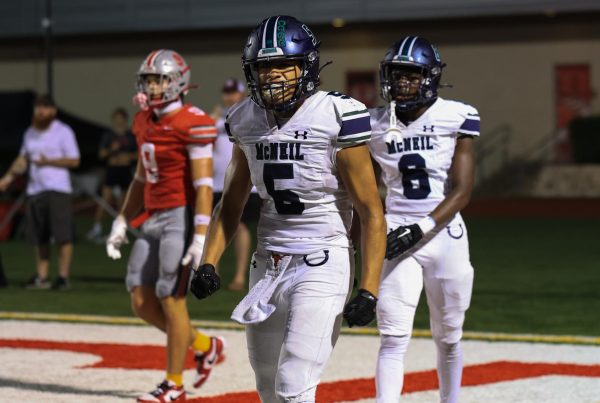Kids Need Trading Cards
Despite their fall in popularity recently, the thing kids need the most is cards.
The popularity of trading cards amongst children started with baseball cards, which began in the 1860s – they inspired the first American football card in the 1880s, and other trading cards after that. The trend of the trading card stretched down many generations, eventually evolving into Pokémon cards in the 1990s, which became the modern image of a trading card. Since the prime of Pokémon cards however, they’ve been replaced by a new age of electronics and other children’s entertainment. Regardless, what kids need is a resurgence in trading cards.
There is an endless list of benefits to trading cards. Firstly, it aids in patience and planning for the future. Cards like Pokémon cards have games associated with them where planning ahead is required to win. However, Pokémon has shown the potential to build up this skill to a degree where a 7-year-old girl, Simone Lim, was able to become the youngest Pokémon champion, winning the Oceania International Championship, in 2020. Outside of the realm of Pokémon, planning ahead can also help with acquiring a certain card or autograph. This is where patience may come into play. Trading card games can be used as a teaching moment for children to help them recognize they may have to wait to get what they want.
Secondly, trading cards allow for kids to actively apply fair play. If cheating does occur, it can be de-escalated by an adult and changed into a lesson on apologies and repairing friendships. If mediated correctly, it gives misbehaving children the opportunity to practice correcting their behavior and observe other children. Additionally, it can encourage better behavior surrounding dealing with losses. Through repeated experience, kids can grasp that losing a card that meant a lot to them doesn’t always have to dissolve into a tantrum. A new reaction to losing can also stimulate the understanding of value in things, as kids quickly see that not all things can be instantly replaced and that they have to take care of the things they love.
Finally, trading cards promote social interaction between children. Because of the many subsections of trading cards, children have a chance to create new friendships and social circles with peers who are interested in the same specific interest. Whether the shared interest is a sports player or video game character, they can find their individual niche amongst others and spark connections. And even if these connections don’t entirely bloom into friendships, kids are still cooperating with each other, communicating and ultimately supporting the development of their social skills.
Overall, these trading cards are much more educationally stimulating and emotionally vitalizing for children than electronic games. They can help with strategy, patience, fairness, virtue, understanding value and social skills.
Your donation will support the student journalists of McNeil High School. Your contribution will allow us to purchase equipment and cover our annual website hosting costs.

Hello! My name is Camryn Lee and this is my third year on The Trailblazer staff. I really enjoy writing opinion and entertainment related articles. I also...










